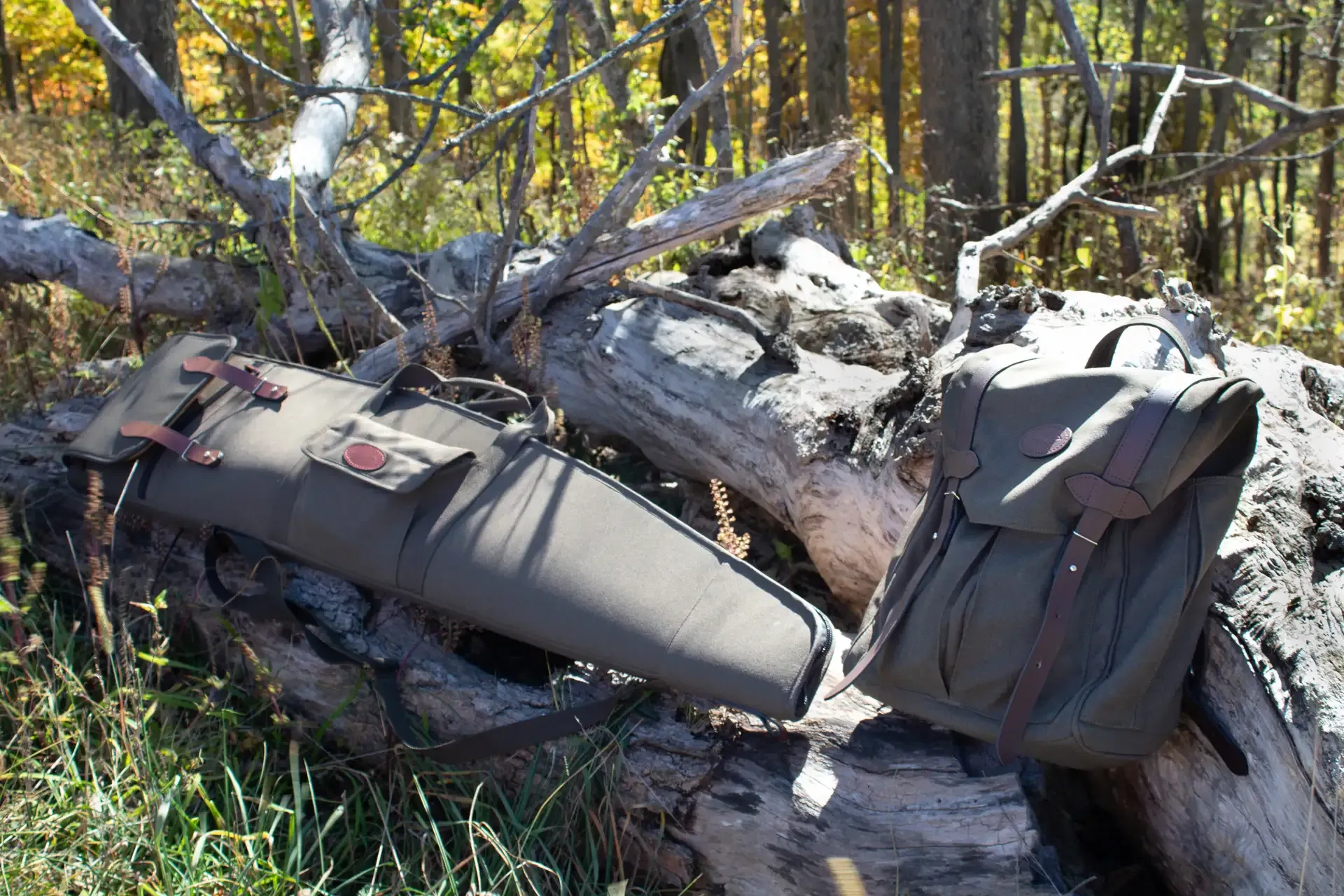Night Vision Versus Thermal: What’s the Difference?
Night hunting for feral hogs and predators like coyotes continues to expand across the United States, which has more people than ever in the market for a “night hunting optic.” But that term, “night hunting optic,” although used widely, is misleading. Actually, there are two distinct types of optics commonly used by hunters to illuminate the world after dark, and each uses very different technology. Night vision optics intensify the available light to reveal those hogs, for example, foraging in an open field in the dark of the night. Meanwhile, thermal optics detect heat, and their sensors then create images based on the heat “signatures” of those hogs Both options work quite well in the field, though both have their limitations.

Night Vision
Night vision units are available as handheld, helmet mounted and rifle scope-style units. I’ve used handheld units and helmet-mounted goggles for scanning and detecting prey, as well as night vision scopes mounted on rifles. Night vision technology intensifies the available or ambient light using image intensifier tubes to make the world visible when the sun goes down. That light can be from the stars or moon, streetlights or other sources like infrared illumination. It doesn’t have to be much light, either. I’ve successfully used night vision optics on nights with a good deal of cloud cover and the only ambient light coming from a relative handful of stars.
The First Generation night vision units produced greenish images that were often blurry. But the superior tech of Third and Fourth Generation night vision presents much sharper images with better fields of view. Most night vision units can’t be used during daylight hours, though, as doing so can damage the intensifier tubes. And, most traditional night vision units can not internally record photos or video. There are various ways to use night vision, too. For example, I’ve hunted with rifles equipped with red laser lights, with the lasers zeroed to the rifles’ point of aim. Wearing night vision goggles, I scanned for hogs and then once I was close enough to shoot, the red laser acted as a pointer. I put the red dot onto the hogs and shot. Recently, digital night vision units have hit the market, too. Much like digital cameras, digital night vision units use computerized sensors to produce images. These units can record video and photos and can link to external devices. Overall, digital units are more affordable than their standard night vision counterparts, though the standard units usually have better image quality. Top night vision manufacturers include AGM Global Vision , Armasight, ATN Corporation, PARD, RIX Optics and Sightmark.

Thermals
Thermal optics are not actually “optics” at all. Essentially digital cameras, thermal units identify electromagnetic radiation, what we non-scientists call “heat.” The unit’s front lens detects this heat; that information runs through a digital sensor or “core,” which projects an image to the rear or ocular lens. For consumer thermal optics, a 320x240 sensor was the baseline sensor for years and is still a very popular choice. In general, thermals built with 640x480 sensors represent higher-end technology, present better quality images and include more features than their 320 sensor counterparts. They are also more expensive. Like night vision, thermal products can be purchased as handheld scanners, smaller helmet-mounted units, and dedicated weapons sights. On a recent night hog hunt in Texas, I wore a helmet mounted a night vision unit over one eye, a thermal unit over the other. The combination proved very effective. The night vision eye was perfect for showing me where to walk as we stalked up on hogs. The thermal provided bright images of the heat from the hogs, even as the animals were moving through brush. Once I was near enough for shots, I lifted the helmet-mounted units out of my line of sight and used my rifle-mounted mounted thermal, a Contractor 640 made by Armasight (armasight.com). Most thermal units will let the shooter record video and photos, and some will capture sound, too. As these units detect heat, thermal can be used effectively during the day, too. But certain environmental conditions, like high humidity and very dusty air, can degrade the images seen through thermals, and reduce the distance at which they can detect heat signatures. Top thermal manufacturers include AGM Global Vision, Armasight, ATN Corporation, Fusion Thermal, InfiRay Outdoor, IRAY USA, Pulsar, and Zeiss.

Protect Your Investment!
One reality which is very much the same with both night vision and thermal? These high-tech units tend to be very pricey! True, prices have come down over the last decade as the technology and manufacturing processes have improved.

But most units still cost many thousands of dollars. Which means your thermal and night vision will need to be properly protected. Falco offers optics pouches and rifle case for rifles outfitted with night vision and thermal optics.


Brian McCombie
16.1.2025





.jpg&width=96&height=96&webp=0&type=cover)

.jpg&width=96&height=96&webp=0&type=cover)














.png&width=96&height=96&webp=0&type=cover)

.jpg&width=96&height=96&webp=0&type=cover)


.jpg&width=96&height=96&webp=0&type=cover)








.jpg&width=96&height=96&webp=0&type=cover)

.jpg&width=96&height=96&webp=0&type=cover)



